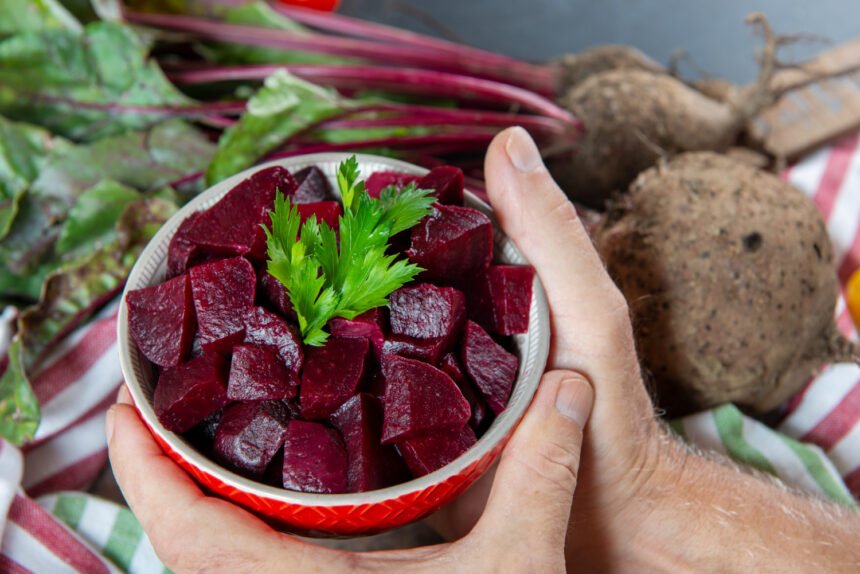Potting plants can be a rewarding and therapeutic activity for plant enthusiasts and beginners alike. Whether you’re looking to add greenery to your living space, create a beautiful indoor garden, or simply nurture your love for plants, potting is a fundamental skill to master. In this comprehensive guide, we will delve into the essential aspects of potting plants, from selecting the right containers and soil to proper watering techniques and maintenance tips.
Selecting the Right Containers
The first step in potting plants is choosing the right containers. The size, material, and drainage capacity of the pots can significantly impact the health and growth of your plants. Here are some factors to consider:
Size:
- Select a pot that accommodates the size of the plant’s root system. A pot that is too small can restrict root growth, while a pot that is too large can lead to overwatering.
- Ensure the pot has drainage holes to prevent waterlogging and root rot.
Material:
- Clay or terracotta pots are breathable and ideal for plants that prefer well-draining soil.
- Plastic pots are lightweight and retain moisture well, making them suitable for plants that require more frequent watering.
Style:
- Choose pots that complement the aesthetic of your space and enhance the overall visual appeal of your plant collection.
Choosing the Right Soil Mix
The quality of the soil is crucial for the health and vitality of your plants. A well-draining and nutrient-rich soil mix is essential for promoting healthy root development. Consider the following tips when selecting a soil mix for potting plants:
- Use a high-quality potting mix that is specifically formulated for container plants. Avoid using garden soil, as it may compact in containers and impede drainage.
- Consider adding perlite or sand to the soil mix to improve aeration and drainage.
- For certain plant species, such as succulents or orchids, opt for specialized soil mixes that cater to their unique requirements.
Potting Techniques
Once you have selected the containers and soil mix, it’s time to pot your plants. Follow these steps for successful potting:
- Prepare the Pot: Fill the bottom of the pot with a layer of soil to provide a stable base for the plant.
- Remove the Plant: Gently remove the plant from its current container, being careful not to damage the roots.
- Loosen the Roots: Lightly tease out the roots to prevent them from circling the root ball, promoting healthier growth.
- Place the Plant: Position the plant in the center of the pot and add soil around it, ensuring the plant is at the same depth as it was in its previous container.
- Water Thoroughly: After potting, water the plant thoroughly to settle the soil and hydrate the root system.
Watering and Maintenance
Proper watering and maintenance are essential for the long-term health of your potted plants. Follow these guidelines to ensure your plants thrive:
- Watering: Check the moisture level of the soil regularly and water your plants when the top inch of soil feels dry. Avoid overwatering, as it can lead to root rot.
- Light: Place your plants in locations that receive adequate sunlight based on their specific light requirements.
- Fertilization: Feed your plants with a balanced fertilizer during the growing season to promote healthy growth and flowering.
- Pruning: Regularly prune dead or yellowing leaves to maintain the plant’s overall health and appearance.
Troubleshooting Common Issues
Even with proper care, potted plants may encounter issues such as pests, diseases, or nutrient deficiencies. Here are some common problems and solutions:
- Pests: Keep an eye out for common pests like aphids, spider mites, and mealybugs. Use natural remedies or insecticidal soap to control infestations.
- Diseases: Proper ventilation, good hygiene practices, and avoiding overwatering can help prevent fungal and bacterial diseases.
- Nutrient Deficiencies: Monitor your plants for signs of yellowing leaves or stunted growth, which may indicate a lack of essential nutrients. Adjust your fertilization routine accordingly.
Conclusion
Potting plants is an enjoyable and fulfilling activity that allows you to connect with nature and create a vibrant green oasis in your home. By following the guidelines outlined in this comprehensive guide, you can master the art of potting plants and nurture a thriving indoor garden. Remember to tailor your care routine to the specific needs of each plant species and enjoy the beauty and tranquility that potted plants bring to your living space.











